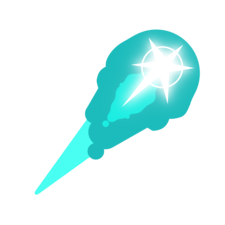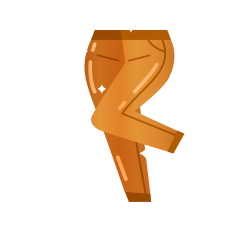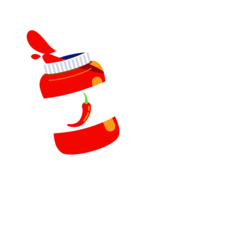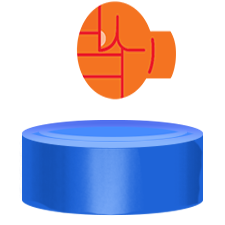Install Steam
login
|
language
简体中文 (Simplified Chinese)
繁體中文 (Traditional Chinese)
日本語 (Japanese)
한국어 (Korean)
ไทย (Thai)
Български (Bulgarian)
Čeština (Czech)
Dansk (Danish)
Deutsch (German)
Español - España (Spanish - Spain)
Español - Latinoamérica (Spanish - Latin America)
Ελληνικά (Greek)
Français (French)
Italiano (Italian)
Bahasa Indonesia (Indonesian)
Magyar (Hungarian)
Nederlands (Dutch)
Norsk (Norwegian)
Polski (Polish)
Português (Portuguese - Portugal)
Português - Brasil (Portuguese - Brazil)
Română (Romanian)
Русский (Russian)
Suomi (Finnish)
Svenska (Swedish)
Türkçe (Turkish)
Tiếng Việt (Vietnamese)
Українська (Ukrainian)
Report a translation problem










































The game favors the least rolling resistance, which is achieved at 3 bar.
Not 3...
Terrain:
Rocky or rough terrain: Higher pressure (25-30 psi or 1.7-2.0 bar) is recommended to prevent punctures and rim damage.
Smooth surfaces or hardpack: Lower pressure (1.4-1.7 bar) can be beneficial for improved grip.
Deep sand or mud: Significantly lower pressure (15-20 psi or 1.0-1.4 bar) is needed for better traction.
Sand: 12-18 PSI is often recommended for sand due to the wider footprint it provides.